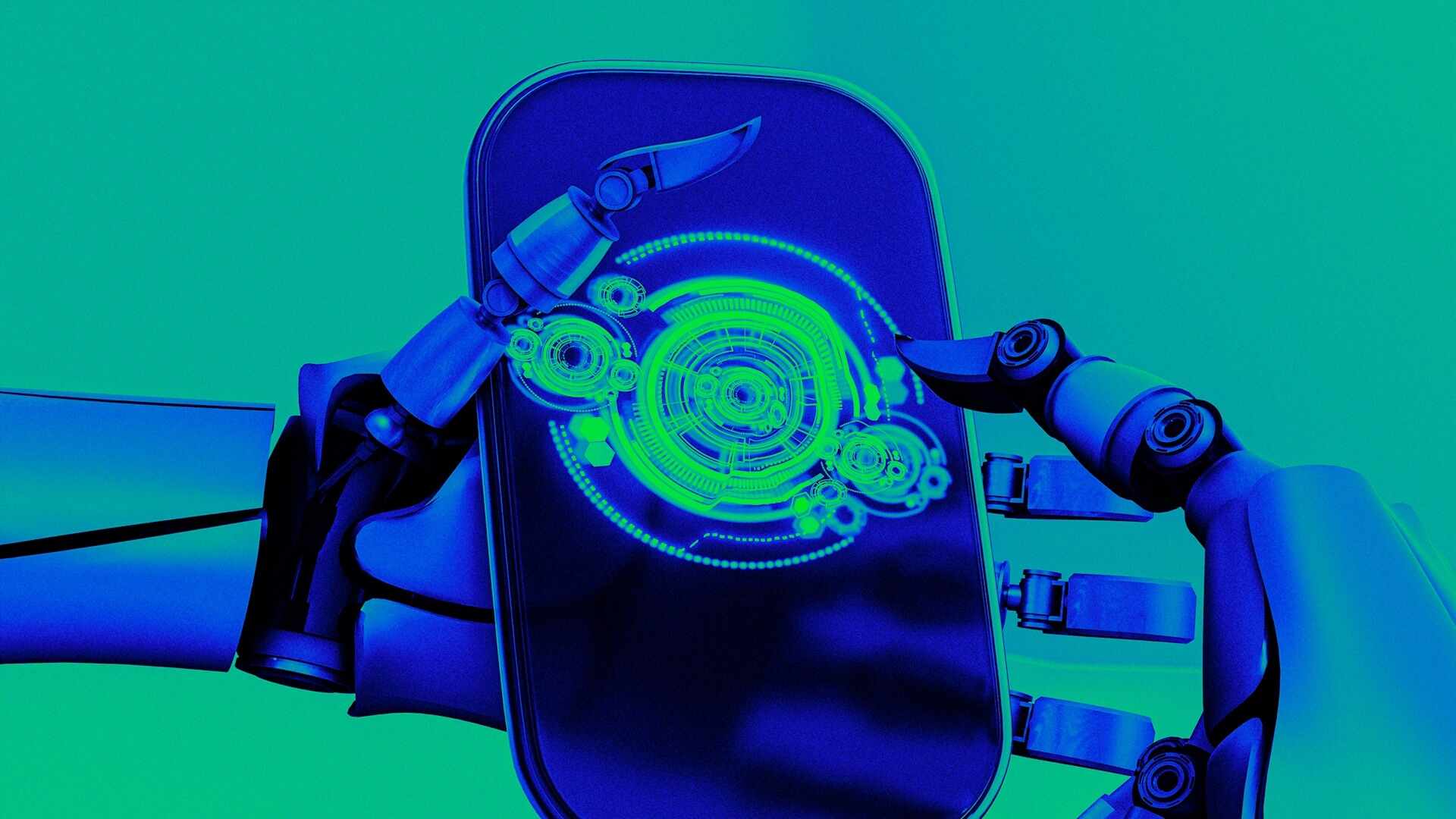- | 2:00 pm
Checkout friction is hindering e-commerce. Godfrey Sullivan explains how Visa plans to fix it
Visa’s 'Checkout Friction Report' reveals why most online shoppers quit at the final step — and how one-click payments, biometrics, and AI agents are reshaping the future of e-commerce.

E-commerce has never been more advanced — or more vulnerable to abandonment. Shoppers across the Gulf Cooperation Council (GCC) are clicking, browsing, and adding items to carts at record rates. But when it comes time to check out, 70% of carts are dropped.
Why? Because the payment experience still hasn’t caught up.
Visa’s recent Checkout Friction Report surveyed over 2,000 consumers across the GCC and found that digital shoppers demand security, speed, and simplicity but are not getting it.
“Simplicity in the payment checkout experience is at the very center of how merchants can increase their revenue in e-commerce.”
– Godfrey Sullivan, Senior Vice President, Head of Product and Solutions for Central and Eastern Europe, Middle East and Africa at Visa
“We’re moving toward one-click checkout experiences that resonate with consumers and provide very tangible benefits to merchants,” Sullivan added.
According to the report, 60% of consumers ranked security as their top concern when making online purchases. Following that? Ease. Shoppers increasingly expect a one-click, biometric-enabled checkout, and every extra step pushes them closer to abandoning the purchase altogether.
GOING BEYOND THE CHECKOUT PROBLEM
Visa’s data sheds light on a harsh reality: 22% of abandoned carts are due to friction at the payment stage — outdated processes, cumbersome forms, and weak security measures that erode trust in mere seconds.
“Think about it — you’ve already won the customer,” said Sullivan. “They’ve browsed, selected, and committed. Losing them at the final click because of friction is unacceptable — and fixable.”
One fix already gaining traction: biometric authentication. Visa is phasing out weak links like one-time passwords and replacing them with fingerprint and facial recognition technologies that allow consumers to check out securely in a single tap.
Visa isn’t just diagnosing the problem—it’s radically reengineering the solution. Two new tools—Visa Click to Pay and Visa Payment Passkeys—are central to this transformation.
Click to Pay stores consumers’ Visa credentials in a secure alias directory. All consumers need is their mobile number or email, and their stored cards appear instantly — no fumbling for wallet details.
Passkeys then layer in biometric authentication. With your fingerprint or facial recognition, you can authorize payment instantly, without entering any codes or passwords.
“We’ve seen markets like Qatar leap ahead in this space,” said Sullivan. “Banks like Qatar National Bank and QIB are leading the way, and merchants are already integrating these frictionless experiences into their checkout flows,” he adds.
WHAT’S NEXT: AI AGENTS THAT SHOP AND PAY FOR YOU
The next chapter for e-commerce isn’t just about security, but also about convenience. Visa is betting big on AI-powered commerce agents that don’t just help consumers buy faster — they shop for them. “We’re partnering with companies like OpenAI and Perplexity to develop AI agents that handle the entire journey,” Sullivan said.
“You can say, ‘Book me a three-day family staycation,’ and the agent will find flights, hotels, restaurants, and activities — and then check out securely using your Visa credentials.”
The company recently rolled out five new AI-powered APIs to make this seamless, from agent authorization to personalized transaction controls. The idea: consumers can give AI a spending limit, let it draw from secure credentials, and trust that purchases will reflect their preferences — with fraud prevention and personalization built in.
And it’s working. Visa blocked $40 billion in attempted fraud last year through its Visa Protect suite — protection that’s now extending into this AI-powered future.
For years, merchants have fought for attention at the top of the funnel — impressions, clicks, and conversions. But today, the final step — checkout — is where the real battle is being won or lost.
“Consumers are no longer just asking for convenience,” said Sullivan. “They’re demanding it.”
The merchants who embrace these innovations first — make checkout invisible, secure, and instant — will win.






































